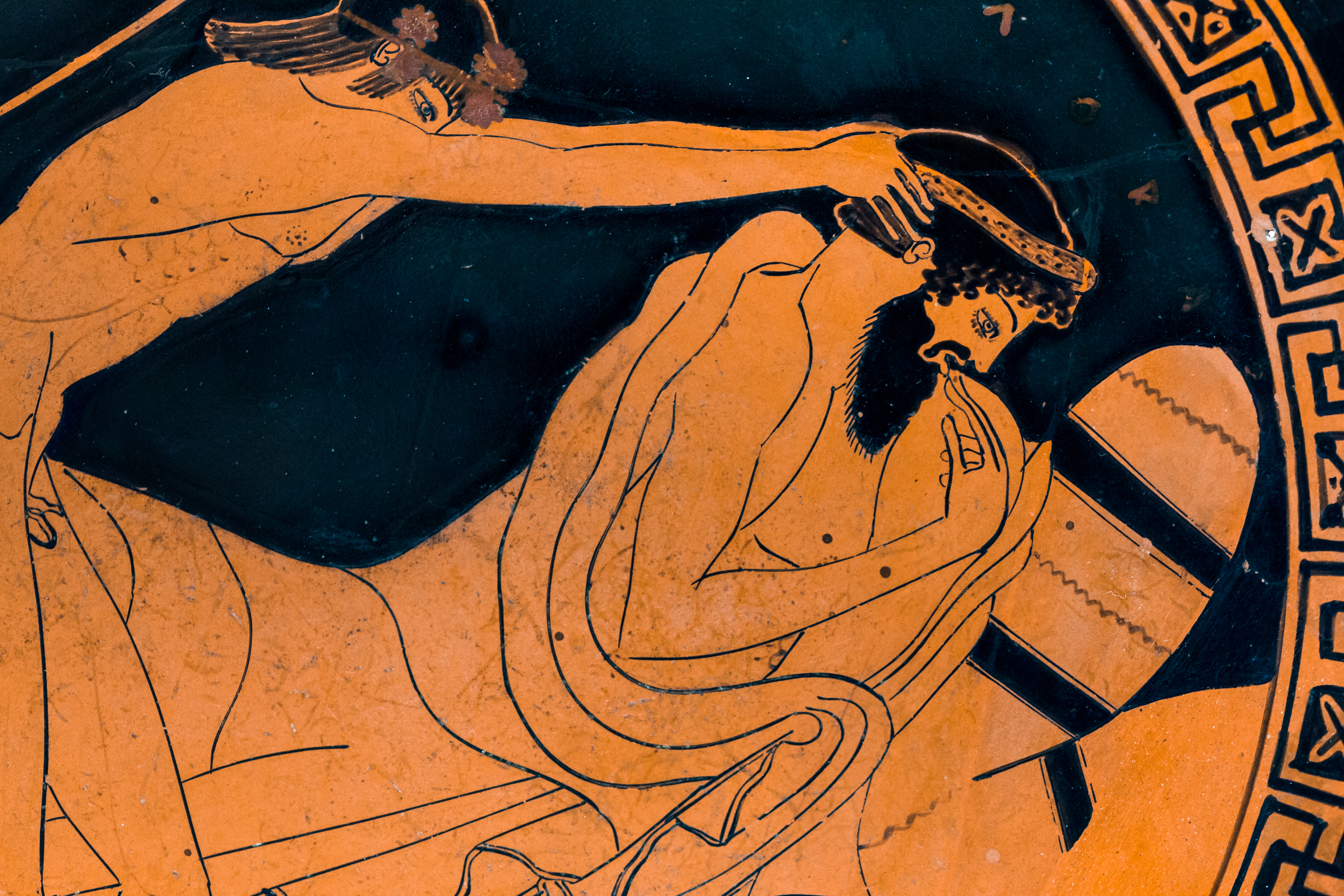Craig Claiborne, Classic French Cooking (Time-Life, 1970), 20.
Austin de Croze, What to Eat & Drink in France; A Guide to the Characteristic Recipes & Wines of Each French Province, with a Glossary of Culinary Terms and a Full Index (Frederick Warne & Co. Ltd, 1931), xii.
Jean Anthelme Brillat-Savarin, The Physiology of Taste: or, Meditations on Transcendental Gastronomy, trans. M. F. K. Fisher (Liveright Publishing, 1948), 15.
De Croze, introduction to What to Eat & Drink in France, xi–xii.
“Publisher’s Preface” to The Physiology of Taste, by Brillat-Savarin, ix–x.
David Hume, “Of the Standard of Taste,” in English Essays from Sir Philip Sidney to Macaulay, ed. C. W. Eliott (1757; P. F. Collier & Son, 1910), 206.
Hume, “Of the Standard of Taste,” 210.
Fernande Garvin, The Art of French Cooking (Bantam Books, 1958), 6–9.
Adapted from Giorgio Pintzas Monzani.
The solids remaining in the strainer are called allec but difficult to use in modern cooking. If you wish to try, place them in a glass jar and use within two months.
Excerpted from Martha Rosler, The Art of Cooking: A (Mock) Dialogue Between Julia Child and Craig Claiborne, unpublished manuscript. A previous excerpt appeared in e-flux journal #65 and, as a comix coauthored with Josh Neufeld, in e-flux journal #110.
